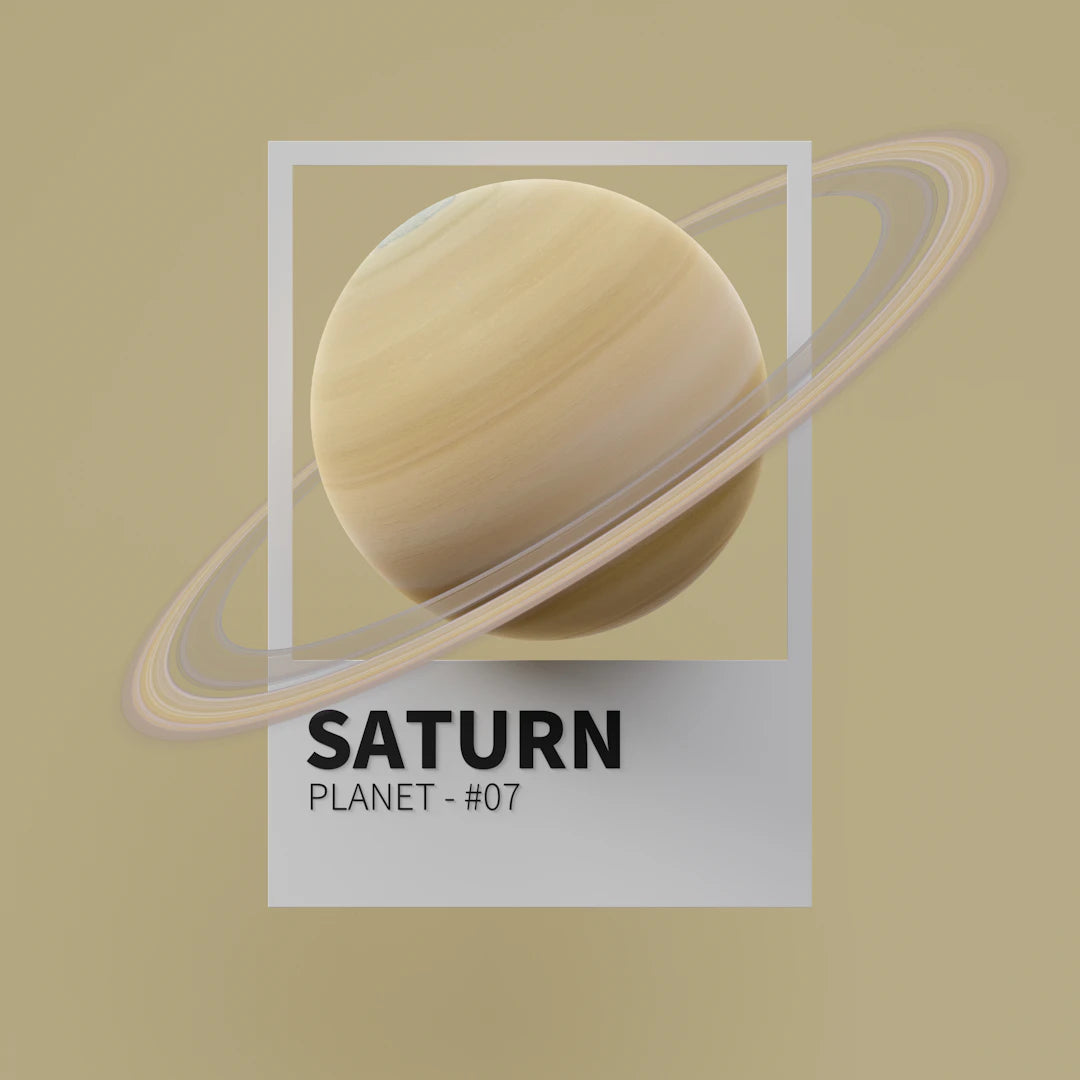
The Best Materials for 3D Printing Meshes: Discover the Ideal One for Your Projects!
Compartir
3D printing has revolutionized the way we design and manufacture products. From prototyping to producing final parts, using the right materials can make a huge difference in the quality and functionality of printed meshes. In this article, we will explore the ideal materials for 3D printing meshes, their features, advantages, and specific applications, so you can achieve outstanding results in your projects.
Why are materials important in 3D mesh printing?
Choosing the right material for 3D printing not only affects the durability and strength of your meshes, but also influences the printing process, production time, and costs. Each type of material has unique properties that make it suitable for different applications. Therefore, knowing the available options will allow you to make informed choices and optimize your results.
1. PLA Plastic (Polylactic Acid)
PLA is one of the most popular materials in 3D printing. It is biodegradable, easy to use, and offers good print quality. This material is ideal for printing meshes that require fine details and a smooth surface. Its key features include:
- Advantages: Easy handling, low cost, variety of colors and textures.
- Disadvantages: Lower resistance to heat and humidity.
PLA is perfect for short-term projects or for products that will not be exposed to extreme conditions.
2. ABS (Acrylonitrile Butadiene Styrene)
ABS is known for its strength and durability. It is a more robust material than PLA, making it ideal for meshes that require high strength and durability. Some of its features are:
- Advantages: Impact resistance, high toughness, allows for a good finish.
- Disadvantages: Requires good ventilation during printing due to fumes, harder to print for beginners.
If you need to create a product that can withstand harsh conditions and has good dimensional stability, ABS is an excellent choice.
3. PETG (Polyethylene Terephthalate Glycol)
PETG combines the best qualities of PLA and ABS. It is a material that offers ease of printing with high resistance and durability. It is especially suitable for meshes that need to be flexible and resistant at the same time. Its characteristics are:
- Advantages: Chemical resistance, flexibility, easy printing and no strong odors.
- Disadvantages: It can be more expensive than PLA and ABS.
PETG is an excellent option for applying to products that will be in contact with liquids or that need to be flexible.
Additional Considerations When Choosing Materials
When selecting a material for 3D printing meshes, there are several additional considerations you should keep in mind:
- Project Purpose: Define the end use of the mesh to guide your choice of material.
- Environmental Conditions: If your product will be exposed to high temperatures, humidity, or chemicals, be sure to select a material that can withstand these conditions.
- Printer type: Some 3D printers are compatible with certain materials and not others, so check your equipment's specifications.
- Ease of printing: If you are a beginner, we recommend starting with easier-to-print materials, such as PLA.
4. Nylon
Nylon is a highly durable and flexible material, making it an exceptional choice for printing meshes that require elasticity and durability. Some characteristics of nylon are:
- Advantages: High strength, flexible, wear and abrasion resistant.
- Disadvantages: It can be difficult to print, requires a high temperature and absorbs moisture.
If your project involves creating highly loaded parts, nylon will be a reliable and effective option.
5. TPU (Thermoplastic Polyurethane)
TPU is a flexible material used to create elastic meshes. It is an excellent choice for applications that require a high degree of flexibility, such as footwear or mechanical components. Some of its characteristics are:
- Advantages: High elasticity, abrasion resistance, durability.
- Disadvantages: Difficult to print and requires proper printer setup to get good results.
Thanks to its elasticity, TPU has become increasingly popular in the manufacture of products that need to move or adapt to different shapes.
Comparison between Materials
As you evaluate suitable materials for 3D printing meshes, it is helpful to compare their characteristics. Here is a summary table:
| Material | Easy to Print | Flexibility | Endurance | Cost |
|---|---|---|---|---|
| PLA | Yeah | Low | Average | Low |
| ABS | No | Average | High | Half |
| PETG | Yeah | Average | High | Medium-High |
| Nylon | No | High | High | High |
| TPU | No | High | Average | High |
By understanding the differences between these materials, you can choose the one that best suits your specific needs, based on the criteria that you consider most important.
Tips for Optimal Mesh Printing
To achieve the best results when printing 3D meshes with the chosen materials, keep in mind the following tips:
- Printer Preparation: Make sure your printer is properly calibrated and clean before starting the printing process.
- Temperature Selection: Each material has an optimal temperature. Check the manufacturer's specifications and adjust the nozzle and bed temperature as needed.
- Speed Settings: Print speed can affect the quality of your meshes. It is recommended to lower the speed for better detail.
- Use supports if necessary: If your mesh has complicated geometries, you may need to use supports to ensure it prints correctly.
- Choose process sensitivity: Keep an eye out for any glitches or imperfections during printing to fix potential issues in time.
Exploring New Trends and Materials in 3D Printing
3D printing technology is advancing rapidly and new materials and techniques are regularly developed that can improve the quality and effectiveness of printed meshes. Some new developments promise to offer even more improved features, such as:
- Composite materials: Combinations of plastics with carbon or glass fibers that offer additional strength.
- Biocompatible materials: For applications in the medical field, where safety is paramount.
- Recycled filaments: A sustainable alternative that contributes to environmental conservation by reducing waste.
Exploring these new materials can open the doors to innovative and unique possibilities in your 3D printing projects.
Become an Expert in 3D Printing Materials
Now that you have learned about the different materials that are ideal for 3D mesh printing, you are better prepared to make informed decisions on your projects. By remembering each of the aspects discussed, you will be able to select the material that best suits your needs and explore the enormous diversity of possibilities that 3D printing has to offer.
Don't hesitate to keep researching and experimenting with different options to maximize your results. 3D printing is a vast and creative world where the only thing limiting your imagination is your own curiosity!
